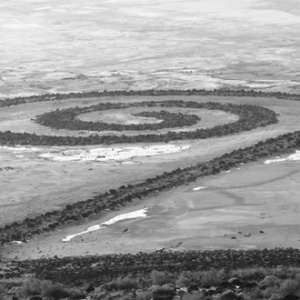Earthworks
Keywords:
narrative, document, entropy, territory, inequalityAbstract
Since the mid-sixties, contemporary art has developed a specific practice, the so-called Land Art or Earthwork (earth movements) which involves rigorous observation, activities on different territories resembling those of ethnografic studies, and exhaustive record and collection of archives dealing specifically with areas affected by uncontrolled capitalism expansion. Particularly, the American sixties avant-garde not only recorded the transformation of space produced by the postwar urbanization boom but also developed a transdisciplinary means for landscape shaping. In this regard, this paper analyzes what is referred to as documentary narrative, i. e., the widening of literature boundaries in some present writing practices. Its authors keep on searching for ways able to represent reality from an entropic approach in order to attain views of the displacements and the transformation of the landscape in areas in which neoliberalism becomes a building boom linked to extractive activities such as Argentina’s soybean agricultural business which has introduced transgenic crops from its outset. This article takes texts of Argentine writers Sergio Chejfec and Daniel García Helder as models of documentary narrative.
Downloads

Downloads
Published
How to Cite
Issue
Section
License
Open access policy
A&P Continuidad is a non-profit and open access publication. According to Mexico Declaration on Cultural Policies, the journal distribution is submitted to Creative Commons Attribution-Noncommercial-ShareAlike 4.0 International Public License (CC BY-NC-SA). “Neither the commercial use of the original work nor that of the possible derivative works are allowed. The distribution of derivative works should be submitted to the license regulating the original work. This license is not free.”
A&P Continuidad authorizes the partial or full reproduction of texts and graphs provided that the source is cited. Authors are exclusively responsible for the criteria expressed in the articles which do not necessarily reflect the opinion of the Editorial Committee or that of the Direction Board. The copyright of the published articles pertains to their authors or publishers.
Transfer of rights
The acceptance of an article to be published implies the author’s transfer of rights to the journal. Authors continue to have the right to use the material in future books or publications, approve or veto the republication of their works as well as the rights related to patents or other rights. Transfer of rights form may be downloaded here.























 This OJS site and its metadata are under a
This OJS site and its metadata are under a 

